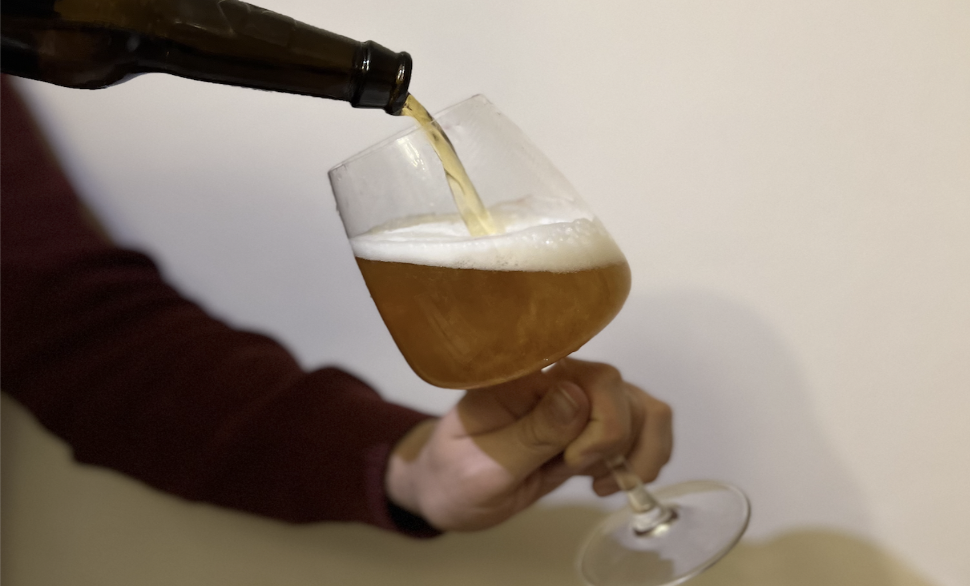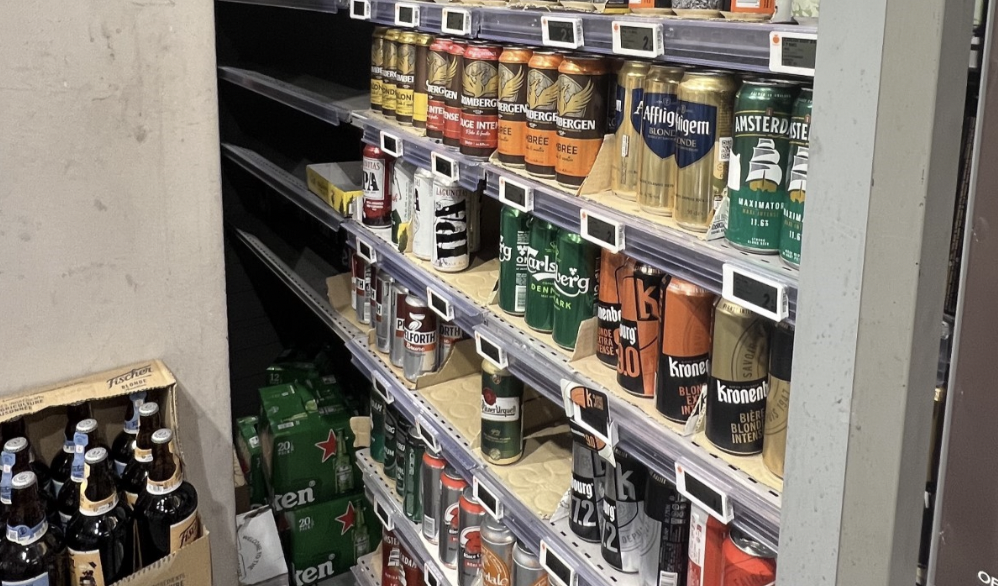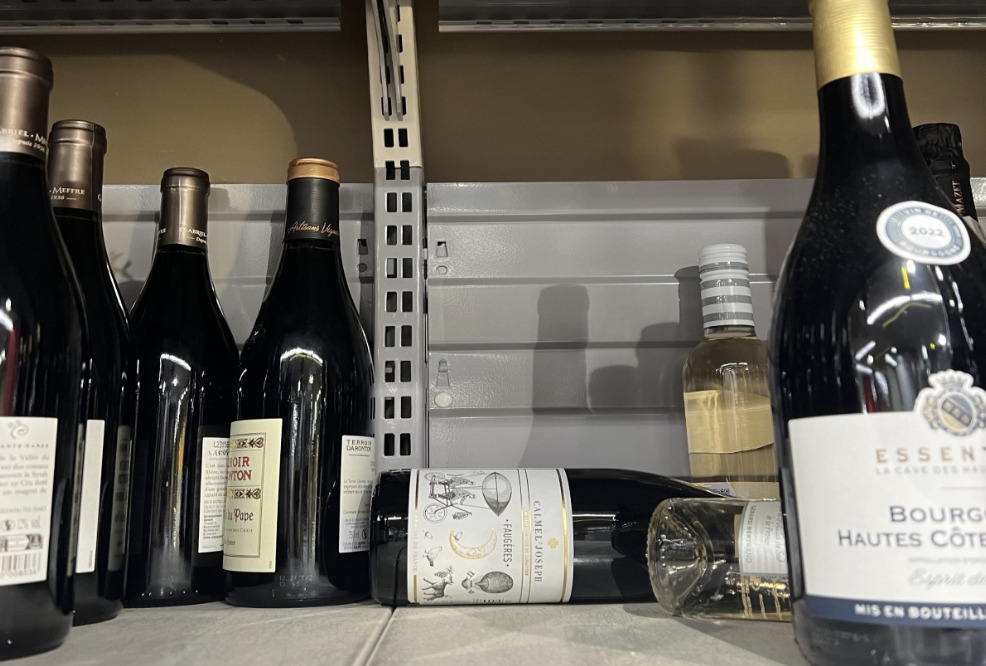France's Swelling Wine Lake

Often referred to as the “Wine Capital of the World,” France, whose culture is steeped in a tradition of terroir and viticulture since at least 425 BCE, is experiencing a significant decrease in wine consumption among its population in recent years.
For a nation whose elementary students enjoyed up to 500 mL of wine with school lunch until 1956 (when the age limit for wine at school was increased to 14 years old until 1981), it comes as a surprise that France is struggling to convince young adults to decant a bottle and partake of their own national heritage. This year, the EU and French government will spend a combined total of over €200 million to buttress an overly saturated market, as winemakers find themselves adrift upon a growing “wine lake.”
In an August 25 interview, French Agricultural Minister, Marc Fesneau, told Agence France- Presse that the funds are, “aimed at stopping prices collapsing and so that winemakers can find sources of revenue again.” The money is earmarked for the destruction or reallocation of around 80 million gallons of excess supply, as officials plan to spend most of it converting the alcohol contained within the excess wine for use in items such as perfume and sanitary products. As Jean-Philippe Granier, a member of the Languedoc region’s wine producers’ association summarized, “We’re producing too much, and the sale price is below the production price, so we’re losing money.”

This is the latest move by the French government to solve an industry-wide crisis. Earlier this summer, they committed €57 million to the removal of 9,500 hectares of vines in Bordeaux region, one of the most prized jewels in France’s vinicultural coronet.
Further afield, The New York Post reported that, in France, red wine sales in particular have fallen by about 32% over the past decade, while other beverages such as craft beers and rosé appear to be on the ascent. This is indicative of a growing trend, one which has many French winemakers hoping that just as a bold red develops with age, so too will the palates of the current generation of younger drinkers – the demographic with the greatest deficit for wine purchasing.

In addition to falling numbers of younger wine drinkers, “skyrocketing costs”, supply chain interruptions, residual impacts from the lack of tourism during the Covid-19 pandemic, and inflation linked to the war in Ukraine, have all been sighted as likely accessories to this decline which have seen this central aspect of French heritage reclassified as an indulgent luxury, and perhaps, unnescessary luxury.
For now, we will have to wait to see if a €200 million lifeline will be enough to help French winemakers stay the tides of this crimson overflow.





